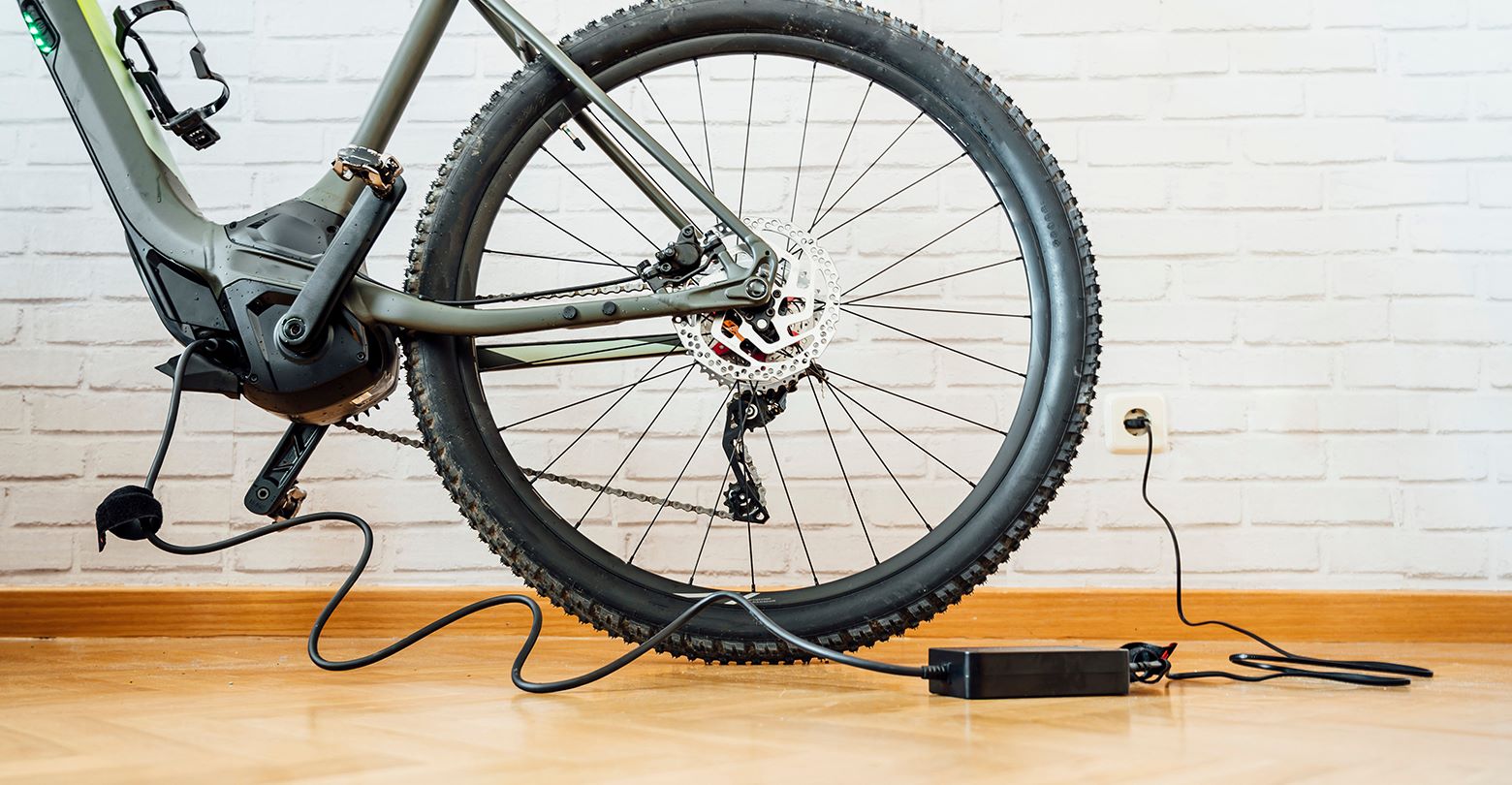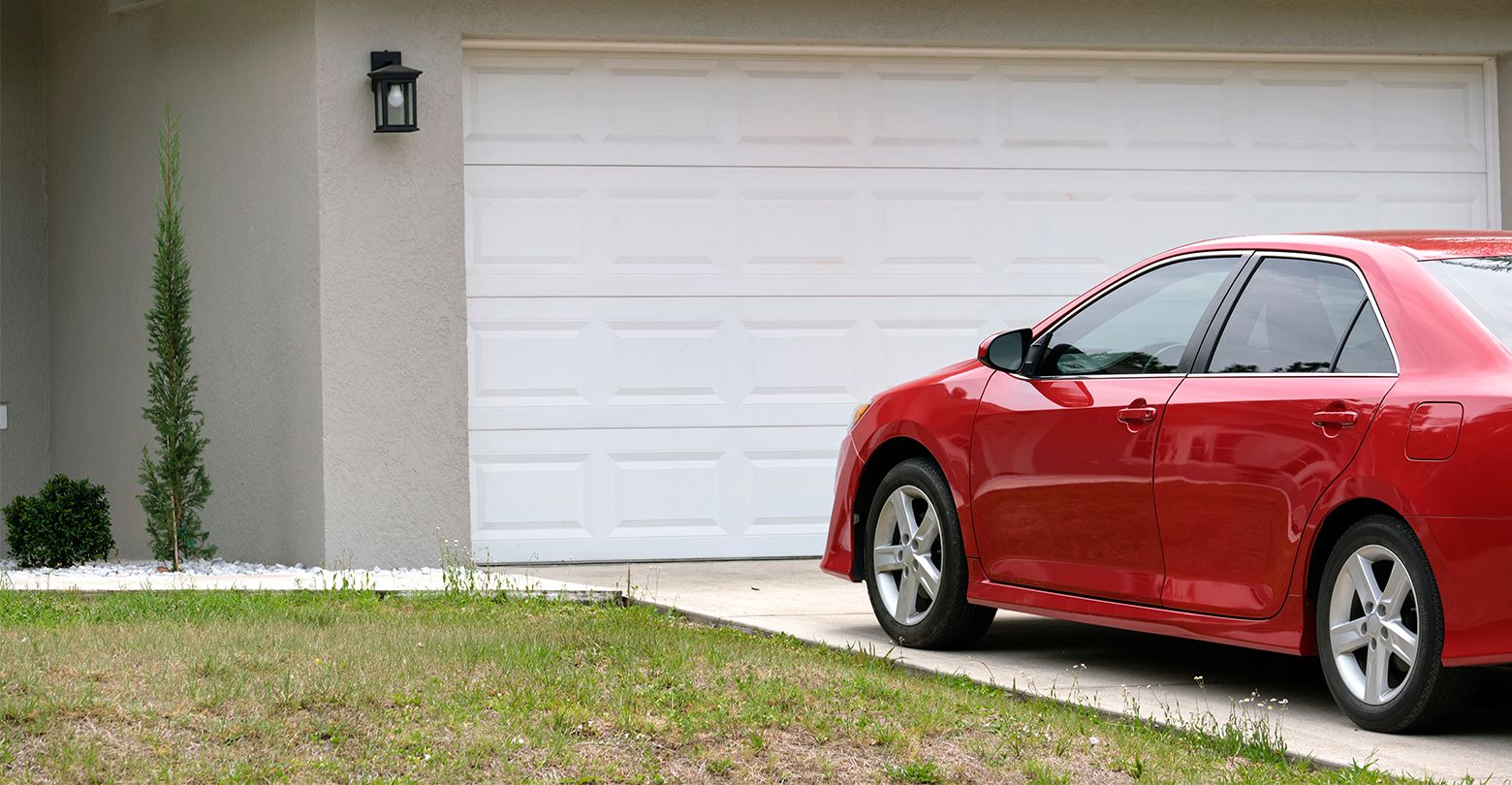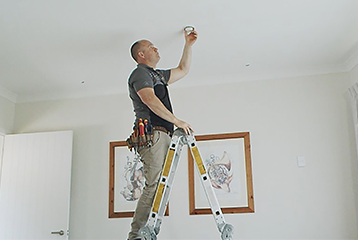Since your home is kinda like your castle, it's important to choose the right security system. Smart home systems let you control a number of things by voice, a smartphone or a remote controller.
If you’re interested in turning your home into a smart home, you’ll find some systems focus more on controlling lights, heating and other devices, while others focus more on home security.
If you want the simplicity of smart home systems, like voice activated lights, smartphone operated heating or weather controlled garden watering systems, then consider a smart home system.
But if your main aim is to receive an alert for things like a break-in, indoor flooding, a fire or just someone at your front door, then it may be worth starting with a home security system. Some will also control smart lighting and thermostats.
The last decade has seen increasingly affordable wireless technology, widespread home internet connection and countless smart home devices. This has led to a big shift in the home security market.
Historically, a security company would install a hard-wired security system for you. It typically involved a central box in a cupboard wired to sensors, a siren and your phone line. You didn’t have to pay for all of the equipment upfront, provided you signed up to a long-term subscription contract to have your system professionally monitored. These systems are still available today. Most now offer wireless sensors and connection to their monitoring service through your mobile.
The big change is you can now buy the components you want and connect a system yourself in a couple of hours. This is particularly easy if you’re happy with battery operated components. Some of these DIY home security systems come with an optional professional monitoring service, but most let you monitor it yourself from your smartphone using a free app. The more recent addition of affordable video cameras you can monitor through your smartphone has really caught the public’s attention.
Most DIY home security brands have a starter kit. The contents of each kit will vary, but they typically include the following:
If your starter kit doesn’t include enough window and door sensors, you can always buy more. Keep in mind however that a carefully located motion sensor can usually cover a door and several windows with only a slightly longer delay before an intruder triggers the alarm.
Most DIY home security brands have additional components you can buy individually. Here's the main examples to consider:
Some DIY home security systems communicate with components from other brands and others don’t. If you can’t get all the sensors you want from a preferred brand, ask if the system will work with the third-party components you have in mind.
Protect your contents with AMI Contents insurance.


